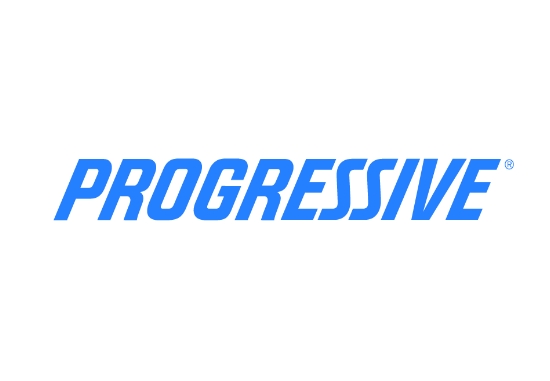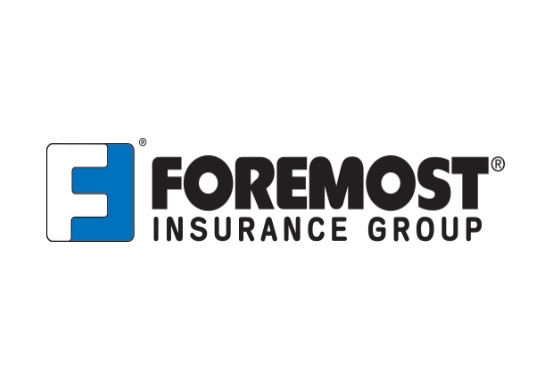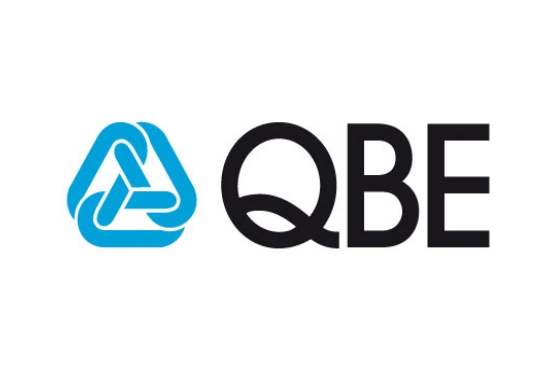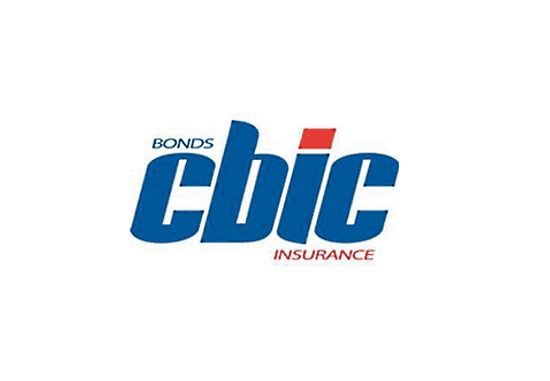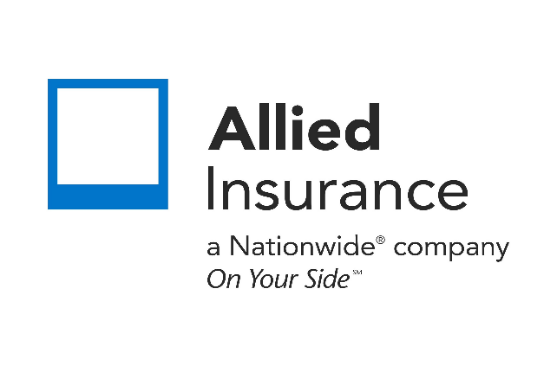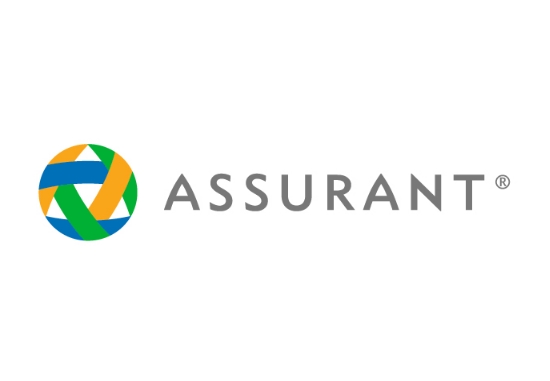General Liability vs. Business Owners Policy: Understanding the Differences and Choosing the Right Coverage
We will search the top carriers for you for the best offer.
General Liability vs. Business Owners Policy
General Liability (GL) Insurance
General Liability is a basic form of business insurance that protects your business from common third-party claims, such as:
Bodily injury — e.g., a customer slips at your premises.
Third-party property damage — e.g., you accidentally damage a client’s property while doing work.
Personal or advertising injury — e.g., claims of libel, slander, false advertising or copyright infringement.
Legal defense and settlement costs if you get sued.
GL is often the minimum coverage many businesses need — especially service- or client-facing businesses.
Business Owner’s Policy (BOP)
A BOP bundles several protections into a single package, combining:
General liability coverage (all the protections from GL), plus
Commercial property insurance — protection for your business property: building, equipment, inventory, supplies.
Business interruption / income protection — so if a covered event (fire, theft, damage) forces your business to pause, BOP may compensate for lost income.
In short: a BOP gives you liability and “first-party” protection — for your own assets and operations — not just protection against claims from others.
GL vs BOP — Key Differences & When to Use Which
| Feature / Situation | GL Insurance | BOP (Business Owner’s Policy) |
|---|---|---|
| Protects you from customer lawsuits (injury, property damage) | ✅ Yes | ✅ Yes |
| Covers damage to your own business property or assets | ❌ No | ✅ Yes |
| Covers lost income if your business must shut after a covered event | ❌ No | ✅ Often yes (if business interruption included) |
| Best for asset-light or low-overhead businesses (service-only) | ✅ Good choice | Maybe over-coverage / extra cost |
| Best for businesses with property, inventory, equipment, or a physical location | ❌ Incomplete | ✅ Strong choice |
| Policy cost (standalone liability) | Lower | Higher (but bundled coverages) |
If your business is mostly service-based, doesn’t own property or equipment, and interacts occasionally with clients — GL is often enough.
If you run a store, a workshop, a warehouse, a café, or anything with physical assets, inventory, or potential business interruptions — a BOP is usually the smarter option.
Why Many Small Businesses Prefer a BOP
A BOP bundles multiple coverages — liability, property, business interruption — into one policy, often at a lower combined cost than buying each separately.
It gives broader protection: not just for third-party claims, but also for your own assets and revenues.
It simplifies insurance management — one policy instead of many; easier renewals and less paperwork.
However, BOPs have eligibility conditions (often for small-to-mid-sized businesses, with certain size/industry criteria), and premiums tend to be higher compared to a bare-bones GL.
When You Might Need Only GL — and When You Should Upgrade to BOP
GL-only may suffice if:
You provide services without owning significant equipment or inventory.
You work mostly offsite, travel to clients, or operate from a home office.
Your operations don’t involve storing goods, using heavy equipment, or running a physical store/facility.
BOP is better when:
You have a storefront, office, warehouse, workshop, or any physical location.
You own inventory, equipment, tools, or expensive materials.
Your business income would suffer heavily if operations stop due to property damage.
You want broader protection for both liability risks and business-asset risks.
FAQ — Quick Answers for Business Owners
Q: Can I use both GL and BOP at once?
A: Generally not — a BOP already includes GL coverage. Buying both separately is redundant.
Q: Is BOP always more expensive than GL?
A: Yes, but considering what you get — liability, property, and interruption protection — it often offers better value for businesses with assets.
Q: Does BOP protect inventory or equipment theft/damage?
A: Yes — commercial property coverage in BOP protects business assets from fire, theft, vandalism, and other covered perils.
Q: If I’m a freelancer or consultant working from home — do I need BOP?
A: Probably not. A standalone GL usually suffices, unless you also store equipment, inventory, or have clients visit your home office.
Q: What about employees or business cars — are those covered?
A: No. GL and BOP do not cover employee injuries (that’s workers’ compensation) or business vehicles (that’s commercial auto insurance).
✅ Conclusion — Choose Based on Your Business Needs
GL Insurance is the foundation — minimal but essential protection against liability claims.
BOP is an expansion — combining liability protection with asset and income protection. For many small to mid-sized businesses with physical presence or assets, BOP offers more complete safety and peace of mind.
If you’re uncertain — think about what could hit you hardest: a customer lawsuit? A break-in or fire? A forced temporary closure? Match your biggest risks with the policy that covers them.
Ready to Protect Your Business? Get a Quote Tailored to You
Whether you need simple liability protection or full business coverage — we can help.
Fill out the form below to receive a custom quote and find out which policy fits your business best: a clean General Liability plan or a full Business Owner’s Policy.
Related Posts
Get a Right Insurance For You
SHARE THIS ARTICLE
We will compare quotes from trusted carriers for you and provide you with the best offer.
Protecting your future with us
Whatever your needs, give us a call, have you been told you can’t insure your risk, been turned down, or simply unhappy with your current insurance? Since 1995 we’ve been providing coverage to our customers, and helping people across United States.

